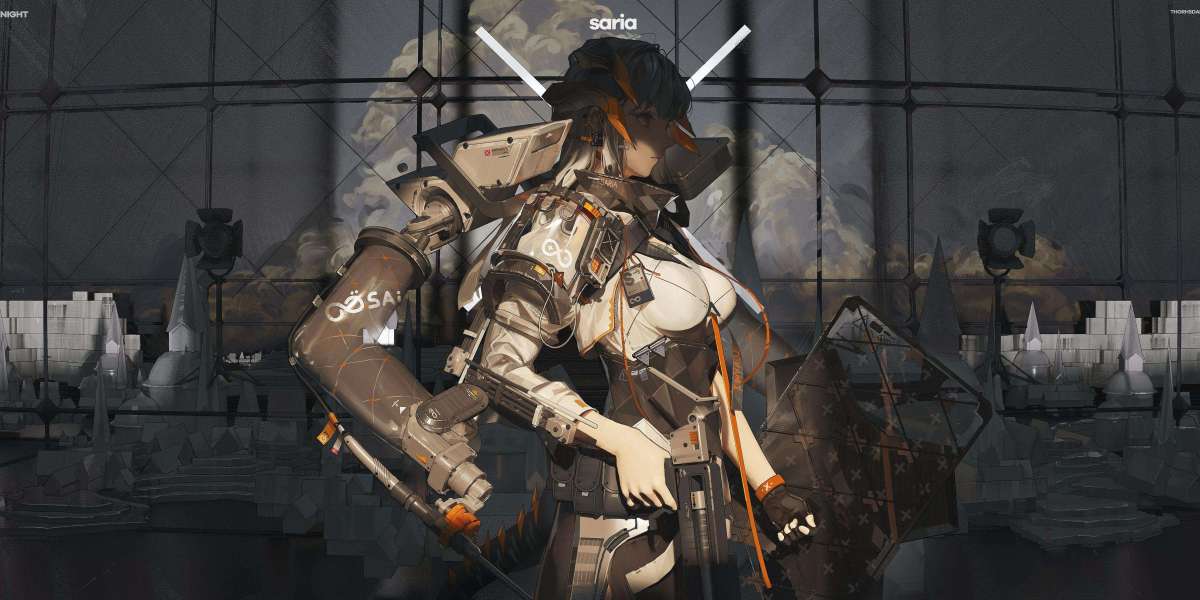In the realm of modern lighting solutions, dali controllers have emerged as a pivotal technology, revolutionising how we manage and control lighting systems. This article delves into the evolution of these controllers, providing a comprehensive understanding of their functionality and significance in smart lighting.

What are DALI Controllers?
DALI controllers, or Digital Addressable Lighting Interface controllers, are devices that facilitate communication between lighting fixtures and control systems. They allow for individual addressing of lights, enabling precise control over brightness and colour. This capability is particularly beneficial in environments where lighting needs vary, such as offices, theatres, and art galleries.
The Technology Behind DALI Controllers
The technology underpinning dali controllers is rooted in digital communication. Unlike traditional lighting systems that rely on analogue signals, DALI operates on a two-wire system that transmits digital data. This innovation allows for greater flexibility and scalability in lighting design. For instance, if a facility requires an upgrade, adding new fixtures or control points can be accomplished with minimal disruption.
- Individual Addressing: Each light can be controlled separately, allowing for tailored lighting solutions.
- Two-Wire System: Simplifies installation and reduces wiring costs.
- Feedback Mechanism: DALI controllers can receive status updates from fixtures, enhancing system reliability.
Benefits of Using DALI Controllers
Utilising dali controllers offers numerous advantages, particularly in energy efficiency and user experience. By enabling precise control over lighting, these controllers can significantly reduce energy consumption. Moreover, they enhance the aesthetic appeal of spaces by allowing for dynamic lighting adjustments.
Furthermore, the integration of DALI with building management systems (BMS) allows for comprehensive control over environmental factors, such as temperature and occupancy. This synergy not only improves comfort but also optimises energy usage across the board.
Future Trends in DALI Technology
As technology continues to advance, the future of dali controllers looks promising. Innovations such as wireless DALI systems are on the horizon, which could further simplify installations and expand the capabilities of smart lighting. Additionally, the integration of IoT (Internet of Things) will likely enhance the functionality of DALI systems, allowing for remote monitoring and control.
Conclusion
In conclusion, dali controllers represent a significant advancement in lighting technology, offering unparalleled control and efficiency. As we move towards a more connected and automated future, understanding the role of these controllers becomes increasingly important. For further insights into the applications and benefits of DALI technology, you can explore more at .







